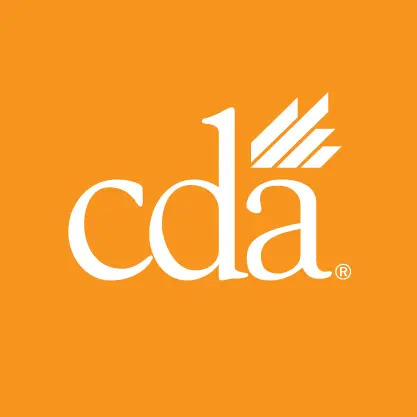Beginning Jan. 1, 2022, dentists and other prescribers in California must issue electronic-data prescriptions for both controlled and noncontrolled substances with very few exceptions. Paper prescriptions will no longer be allowed by state law, as CDA has previously reported.
(Update: Dentists and other health care practitioners who issue 100 or fewer prescriptions in a calendar year could receive an exemption from the electronic prescribing requirement under separate legislation that became law in January 2023.)
All pharmacies across the state, too, must be capable of accepting those prescriptions and are required to immediately notify prescribers if the electronic transmission fails or is incomplete.
Assembly Bill 2789, which mandates the electronic prescribing, was signed into law in 2018, but CDA advocated for the three-year implementation window to give dentists time to obtain adequate e-prescribing systems and to train staff.
Purchasing prescribing software
Electronic prescribing can especially reduce opportunities for diversion of controlled substances by eliminating the use of paper forms, which can be lost, stolen and used illegally. E-prescribing also can help provide timely patient care.
Prescribing software is available with or without the ability to electronically prescribe controlled substances. Software that can prescribe controlled substances costs more because of the additional regulatory compliance costs; the software must be certified that it complies with a 2010 DEA regulation that requires identity proofing of prescribers and two-factor authentication when signing prescriptions, for example.
Prescribers can choose to purchase a standalone prescribing software or a software application associated with an electronic health record. EHR-based applications allow for automation of patient demographic information and attachment of a prescription to the patient’s treatment record. The applications can be added to Dentrix, Eaglesoft, OpenDental, Curve, Carestream or MacPractice. Providers can search for prescribing software applications on the Surescripts website.
Mobility, practice type and cost affect selection
Dentists will want to consider several other factors before purchasing prescribing software, including whether they need to use the software on Android, IOS or other mobile platforms and whether they want enhanced software that provides additional features, such as the ability to check for drug interactions or a patient’s drug allergies.
The type of dental practice can affect software selection, as well. An associate who works at more than one practice may opt to purchase standalone prescribing software since it is not tied to a specific EHR, for example. And if a practice has multiple locations that use the same EHR, a separate user license for each location may be required.
Exceptions to electronic data prescribing
Prescribers can provide paper prescriptions directly to a patient only in situations that qualify as exceptions to the electronic data prescribing mandate. Exceptions that may apply to prescribing dentists include:
- The electronic data transmission prescription is not available due to a temporary technological or electronic failure of a computer system, application or device or a service interruption. If prescribing a controlled substance, the prescriber must document in the patient’s record the reason for the failed electronic transmission.
- The prescriber is issuing a prescription for dispensing by a pharmacy located outside of California.
- The prescribing health care practitioner and the dispenser are the same entity.
- The prescriber issues 100 or fewer prescriptions in a calendar year and has registered with the State Board of Pharmacy as specified in AB 852 signed into law in January 2023.
Prescribers can also call in prescriptions for noncontrolled substances in situations that qualify as exceptions under the state law, but only in emergency situations can prescribers call in prescriptions for schedule II drugs.
For more details about the electronic prescribing requirement, exceptions to the state mandate and types of prescribing software, read CDA’s Prescribing and Dispensing Q&A. The resource also includes answers related to scope of practice and the use of CURES, the state’s prescription drug monitoring database, for prescribing controlled substances.
CDA reminds dentists registered with the U.S. Drug Enforcement Administration that the DEA is no longer sending renewal notices by mail as of June 2020. Registrants will instead receive renewal notifications by email.

